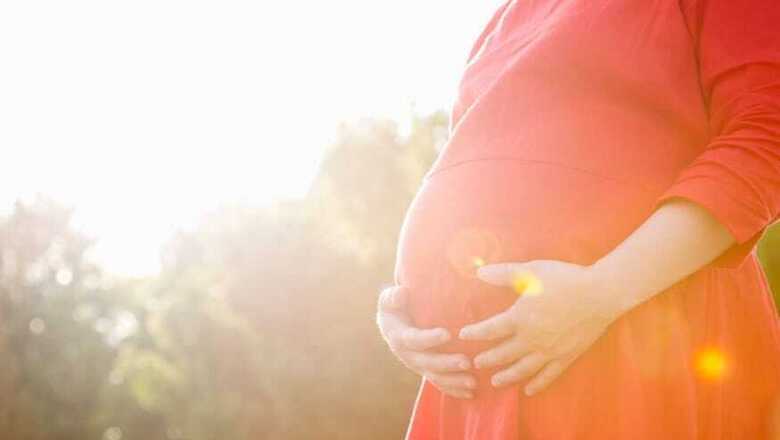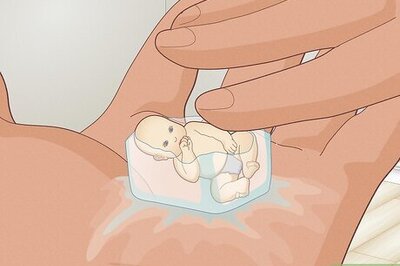
views
Thanks to rising enrolment in schools and colleges, better healthcare and improved child mortality rates, women in India are consistently pushing the age at which they bear children, data analysed for the past five years of Sample Registration System (SRS) has shown. Age Specific Fertility Rate (ASFR) or the number of children born per thousand women, over the last five years has shown a gradual and consistent rise of fertility among women aged 30 years and older. While at the same time, females between 15 and 29 years of age are having fewer children than before.
Fertility rate among females between 15 and 19 in 2018 was 12.2, which in the previous year was registered at 13. The ASFR in the 20-24 age bracket was lowest in 2018 at 122.9, during the five year period beginning from 2014. Barring 2014, when ASFR in the 25-29 age group was 143.7, 2018 registered the lowest ASFR in this age bracket also, during the same five-year period.
The pattern that emerges from the study of national and state wise ASFR data repeats itself in many other indicators as well, such as the rising mean age of marriage among girls. The mean age of marriage of females in India stood at 21.2 years in the 2011 census and improved to 22.1 years in 2017, according to the SRS survey for that year. Latest data for 2018 shows a further improvement to 22.3 years. These sets of data suggest that women, year-on-year are, due to various societal changes and improvements in health and education sectors, deciding to marry and bear children at a progressively later age.
Just as the fertility rates among younger females are falling, the ASFR among women aged 30 and above is steadily increasing. The latest SRS data shows fertility rate for women was at a record high of five years in 2018 for the age group of 30 to 34 at 94.7, as well for 35 to 39 age group at 36.9, as well for 40 to 44 at 12.7 and also for women in the age group of 45-49 at 4.4.
Overall, fall in fertility levels of younger women seems to have been propelled by very perceptible changes in more populous states like Bihar, which has consistently been at the top of the ASFR chart. Bihar was, in fact, the only state to register a fertility of over 200 — 219.7 — in the 25 to 29 age group.
In the same age group, it registered ASFR of 229.8 in 2017 and 245.2 in 2016. The state also has shown a consistent drop in its ASFR in the 20 to 24 age bracket, from 172.3 in 2016 to 164.9 a year later to 139.7 in 2018. At the same time, just as per national trend, fertility rates among women 30 years and older are gradually increasing, reaching their peaks in 2018. Same is true for other populous states like West Bengal, Madhya Pradesh and Uttar Pradesh, and in metropolitan cities like Delhi.
The other notable highlights of the 2018 SRS survey are that in Uttar Pradesh the fertility of women aged 45-49 is highest in the country. It is the only state to register a double digit ASFR, of 10.4, for women in this age bracket. Females between 15 and 29 in Jammu and Kashmir have consistently, year-after-year, registered the lowest fertility rates among all the states and UTs.




















Comments
0 comment